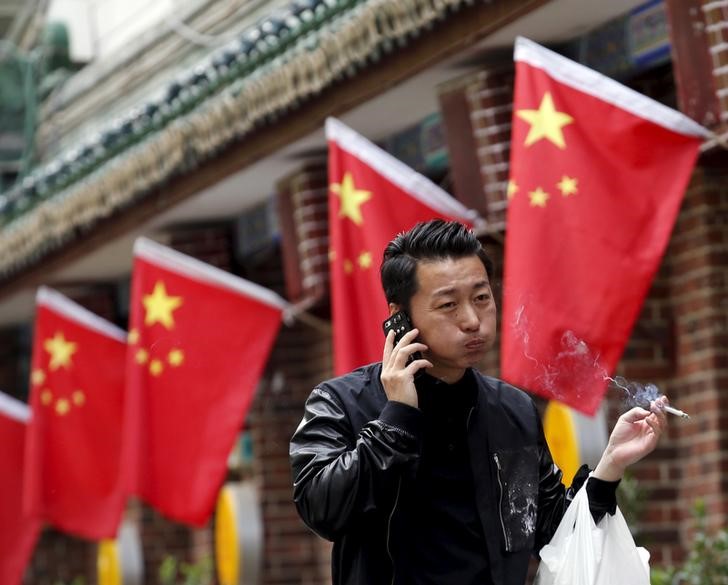(Bloomberg) -- U.S. pistachio growers like Jim Zion braced for the worst last year when the nut got caught up in America’s escalating trade tensions with China -- complete with potential tariffs of as much as 45 percent.
“We were concerned that with the trade war, we were going to see a dramatic reduction in shipments,” said Zion, managing partner of Meridian Growers in Fresno, California. “China is one of our largest markets.”
But that didn’t happen. U.S. pistachio exports to China rose 7 percent to a record 108 million pounds in the crop year through August, according to the Administrative Committee for Pistachios, and another 10 percent in the six months since. Turns out that a bit of luck -- the second-largest producer, Iran, had a bad crop -- coupled with the China’s big appetite for pistachios, sustained demand, price threat and all.
Chinese “consumers really want these nuts and the U.S. has them,” said Roland Fumasi, an analyst for RaboResearch. “They don’t have a lot of choices. That’s what is driving this.”
The new tariffs on pistachios were announced in April as part of China’s retaliation to President Trump’s steel and aluminum levies, with additional taxes announced in June bringing the potential tariff rate to as high as 45 percent -- up from just 5 percent originally.
But with the nut a popular gift for holidays like the Chinese New Year, buyers haven’t curbed their demand from the U.S., the world’s biggest supplier. About two-thirds of American pistachio shipments went to international markets last year, with China and Hong Kong the biggest customers by far.
There could also be more at play -- including lower-than-expected tariffs being collected. With China and the U.S. still in talks about potentially ending their trade war, China has since rolled back some U.S.-specific agricultural tariffs. China may also not be collecting the full tariffs while the talks on a potential deal are ongoing.
Surprise Reprieve
There’s also some confusion about how to classify some kinds of pistachios, giving a leg-up to exporters of roasted nuts. According to Richard Matoian, executive director of American Pistachio Growers, roasted pistachios were supposed to be part of the highest tariffs, but because of a clerical mistake, they didn’t receive the full brunt.
Zion, the grower, said he’s also received reports that in some cases, the Chinese tariffs that buyers there would be responsible for paying haven’t been enforced. The back-and-forth rounds of tariffs and reprieves have left exporters confused but pleased that the full tariff has not seemed to come to pass in many cases.
“It’s either been a blessing, or we’ve been extremely lucky for everything to occur when it did, and how it did,” Matoian said. However, “the future remains to be unseen.”
If Iran’s crop recovers, or if China begins collecting the same tariffs on all pistachio imports, America’s farmers could be due for a rude awakening. If that occurs, Chinese purchases are likely to decline this year as importers look for alternative sources.
Popular Protein
That might hold back an industry that has come a long way since the mid 1970s when less than 5,000 acres in California produced the first crop. Over the past four decades as pistachios, and other nuts, morphed from salty snacks into a protein-rich health food, production boomed. Now U.S. pistachios are a $1 billion industry with more than 330,000 acres.
“The negative effect on the U.S. pistachio industry was partially offset by the poor Iranian crop. If the tariffs continue and with a reasonable Iranian crop, there will be negative impacts on the U.S. pistachio industry,” a spokesman for the Wonderful Co., a pistachio producer and seller, said in an email when asked about the situation in China. Wonderful says the pistachios it produces and buys from other growers make up about half of the U.S. crop.
Meanwhile, China accounted for about 17 percent of the total U.S. industry in the last fiscal year. But there may already be some signs of trouble. Shipments to China fell by about a third in February. It’s too early to tell if that February dip is concerning or just a blip. For now, American farmers are hoping it’s business as usual.
“The addition of the tariffs and the trade dispute has added a layer that we have absolutely zero control over,” Zion said. “We are kind of waiting on the edge of our seat.”
